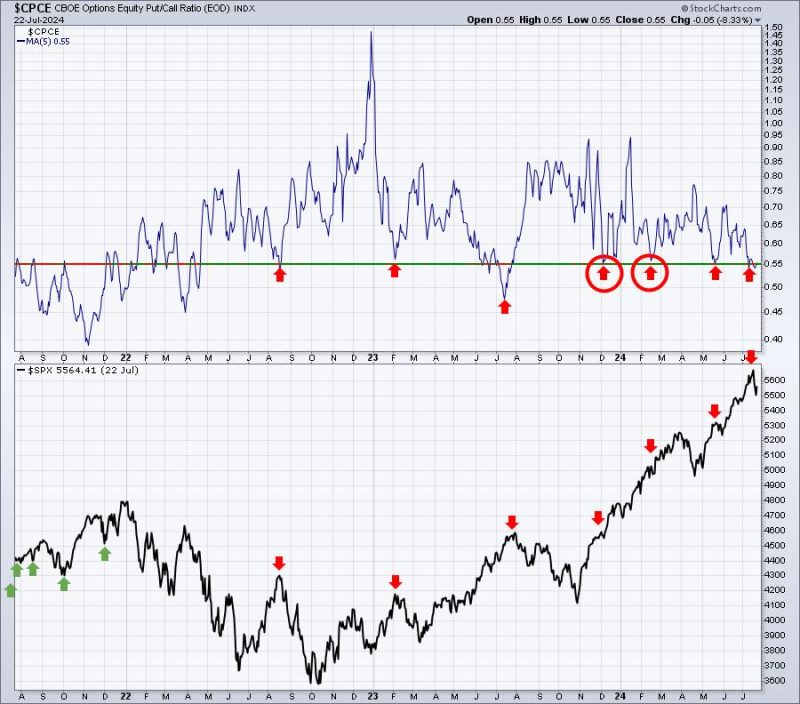Certainly! Here is the article:
Chart #1: Stock Market Index Levels
One key chart to closely monitor in determining whether the market has bottomed is the stock market index levels. Monitoring the levels of major indices such as the S&P 500, Dow Jones Industrial Average, and NASDAQ can provide valuable insights into market sentiment and the overall direction of the market. Significant support and resistance levels on these indices can indicate potential turning points in the market.
Chart #2: Market Breadth Indicators
Another important chart to watch when assessing whether the market has bottomed is market breadth indicators. These indicators measure the participation of stocks in a market rally or decline. Examples of market breadth indicators include the advance-decline line and the percentage of stocks trading above their moving averages. Rising market breadth alongside price increases can be a positive signal that the market has reached a bottom.
Chart #3: Volatility Index (VIX)
Lastly, the Volatility Index (VIX), also known as the fear index, is a crucial chart to monitor when trying to determine if the market has bottomed. The VIX measures market volatility and is often used as a gauge of investor sentiment. A sharp increase in the VIX usually signifies increased fear and uncertainty in the market, which can indicate that a bottom is near. Conversely, a decrease in the VIX may suggest that fear is subsiding and the market could be stabilizing.
In conclusion, by closely monitoring these three key charts – stock market index levels, market breadth indicators, and the volatility index – investors can gain valuable insights into whether the market has bottomed. Combining technical analysis with these charts can help investors make more informed decisions and navigate volatile market conditions with greater confidence.
